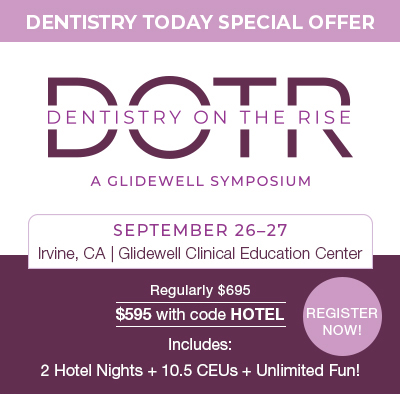
Written by: Melanie Medina
Dental school rankings are based on a combination of quantitative and qualitative criteria, all of which can significantly influence where a prospective student chooses to attend.
A simple online search will reveal statistics such as overall percentiles, research funding levels, and estimated tuition costs. But the lingering question for many aspiring dentists remains: What do these rankings really mean for my future?
While applicants often prioritize acceptance rates in terms of science GPA, dental admissions test scores, and extracurriculars, once accepted, it is crucial to consider future opportunities at each university.
According to the annual QS World University Rankings in the dentistry specialization, the top five dental schools in the United States are as follows: University of Michigan–Ann Arbor, University of California San Francisco, Harvard University, University of Pennsylvania, and the University of California Los Angeles. These rankings are composed of geographical location, graduate success, research financing, and academic scholarship.

These ranks, while statistically informational, might omit certain information on student life, happiness, patient experience, and other important deciding factors for a prospective student.
Patrick Anghel, DDS, located in Las Vegas, obtained his Doctorate in Dental Surgery from the University of Detroit Mercy School of Dentistry.
“I applied to 22 schools,” said Dr. Anghel. “Reason being, for one year in school my grades were terrible. I did really well on the DAT, given the time, but I had to cast a really wide net.”

When beginning his application process, Dr. Anghel made sure to evaluate the practicality of the application.
“I looked at the range of GPA and DAT scores, and I applied to schools based on where I would have a reasonable shot of getting in,” said Dr. Anghel.
Once accepted into the University of Detroit Mercy School of Dentistry, Dr. Anghel felt that he would comfortably fit in with the student body, as colleagues of his would be in attendance.

“I had the best relationship with the University of Detroit Mercy School of Dentistry out of the schools I had gotten into,” continued Dr. Anghel. “Ultimately, the schools were competitive across the board in terms of clinical experience and things like that.”
Many dental school graduates recommend applying to every school within the areas you are willing to relocate to, and deciding from where you are accepted. Selective and competitive, getting into dental school is beyond an achievement.
In terms of the business and financial aspects of becoming a dentist, Dr. Anghel strongly advises that picking the least expensive school will do more than just limit your student loans.
“You carry that burden when you are practicing,” said Dr. Anghel. “Most people don’t have a plan or exit strategy. When you’re looking at what you have to pay, in terms of rent, car, and then student loans, that starts to compromise the care that a lot of people will give their patients.”
To further understand how students should go about deciding their place of study for their DDS, recent graduate of Touro College Tiffany Smith, DDS, advises to “be sure to ask about the residency programs affiliated with the school and how they might affect your clinical experience as a student.”
Throughout her process in choosing where to apply, “location was a major consideration,” said Dr. Smith. “I specifically applied only to schools in the Northeast so I could remain within driving distance of my family in Pennsylvania.”

Dr. Smith also recommends “[giving] more consideration to tuition costs, cost of living, and scholarship opportunities when comparing schools. Be sure to apply for as many grants and scholarships as possible.”
Modern facilities and technological resources can also play a vital role in your clinical training. As technology continues to grow and rapidly evolve, dental schools become more valuable to the student when they expand their resources to include the newest updated mechanisms. Programs like the Advanced Dental Technology and Research program at Tufts University allow students to immerse themselves in continuous advancement and receive full exposure to the ongoing changes in the world of technology.
Similarly, Temple University regularly updates their simulation labs to ensure students are maximizing their learning opportunities, including simulator labs with 3D tooth models that allow students to fully interact with the simulation. The Colorado School of Dental Medicine offers a Dental Advanced Simulation Hub to their students, which keeps not only their students up to date but their faculty as well.
While an overview of the rankings is a great starting point for students to begin deciding where they might like to attend, a deeper understanding of the financial and academic components of the institution will ensure that students are setting themselves up for long-term success.
ABOUT THE AUTHOR
Melanie Medina is an intern at Dentistry Today and a recent graduate of Hofstra University, where she earned her degree in journalism with a minor in chemistry. A predental student from New Jersey, she combines her passion for science and storytelling to explore the evolving world of dentistry. Melanie is currently preparing to apply to dental school, with aspirations to become a clinician who values both technical skill and patient communication. Her unique background gives her a dual perspective on oral healthcare—both as a future provider and as a communicator dedicated to educating others in the field.



